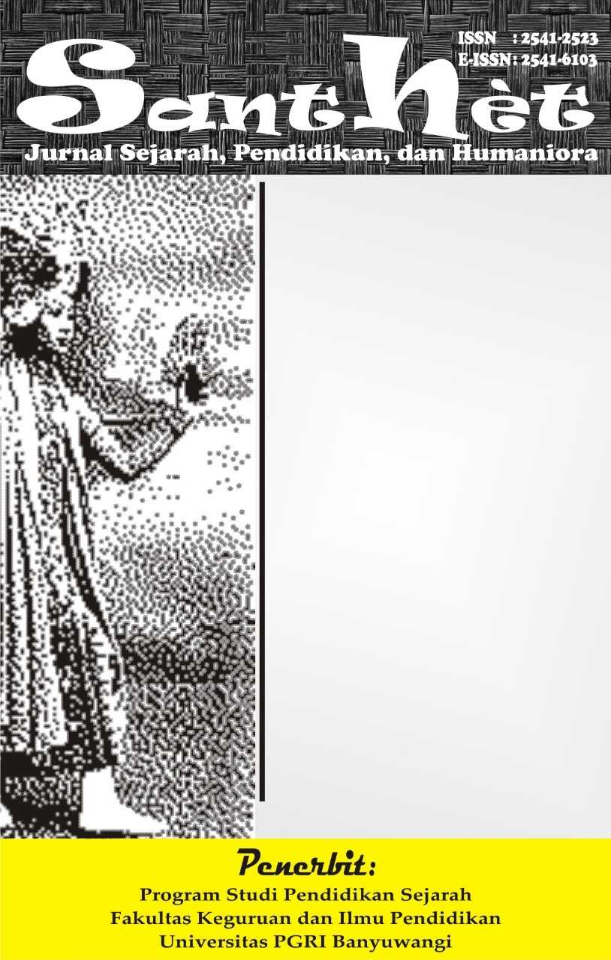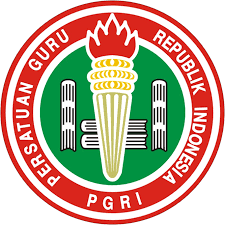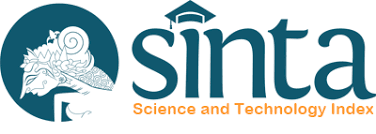The Position Of Replacement Money As A Principal Criminal In Corruption Crimes That Damage State Financies
DOI:
https://doi.org/10.36526/santhet.v8i2.4486Keywords:
Execution, Prosecutor's Office, Corruption Criminal Acts, Additional Criminal Execution SanctionAbstract
Prosecutors face difficulties when enforcing the criminal penalty of replacing money for corruption, mainly because there are no clear guidelines on the minimum amount needed and it is challenging to trace the assets of those convicted. These hurdles impede the successful recovery of state losses. This research uses a normative-empirical approach, with primary and secondary data sources. The enforcement of substitute money payments for corruption is guided by Article 18 of Law Number 31 of 1999 on the Eradication of Corruption, and payments are processed through the issuance of: Payment Bills; Declarations of Ability to Pay; Payment Receipts; Submission Letters; and delivery of the substitute money to the affected institution. If the convict fails to disclose or surrender their assets, asset tracking and searches are conducted, leading to freezing, confiscation, or auctioning of the assets. Obstacles in the implementation arise from legal factors, such as the lack of regulations on the Prosecutor’s discretion to extend payment deadlines; the conversion of subsidiary imprisonment if full payment is not made; and the determination of the amount of substitute money for claims purposes. Facility-related challenges include a lack of technology for tracking convicted persons’ assets and the depreciation of the value of confiscated goods. Cultural challenges include low legal awareness among convicts and their families, who often fail to report their assets honestly. Public challenges arise from the lack of awareness that recovering corrupt proceeds is a joint responsibility of law enforcement and the community. Public involvement in monitoring corrupt convicts' assets is essential to prevent the concealment or transfer of these assets. Future criminal law policies need to involve government changes to current laws or creation of new regulations on prosecutorial discretion in extending payment deadlines, converting subsidiary imprisonment for incomplete payments, increasing prison terms in prosecutions, and identifying and confiscating suspects' assets early in the investigation phase.
References
Dja’far, H. A. (1983). Jurnalistik Masa Kini. Ghalia Indonesia, Jakarta.
Eddy O.S. Hiariej. (2013). Menyoal Putusan Pengadilan Tindak Pidana Korupsi. Masalah-Masalah Hukum, 42(1).
Hamzah, A. (2005). Asas-Asas Hukum Pidana, Cetakan Pertama, Yarsif Watampone. Jakarta.
Levi, M. (2004). Tracing and Recovering the Proceeds of Crime, Cardiff University. Wales, WK Tolisi Georgia.
Maghfira, A., Putri, A. G., Listianto, A. N., Putri, G., & Astuti, A. P. (2022). Presentation of the Financial Statements of Non-Profit Entities Based on ISAK 35 at the Hati Gembira Indonesia Foundation. Marginal : Journal Of Management, Accounting, General Finance And International Economic Issues, 1(4). https://doi.org/10.55047/marginal.v1i4.233
Marzuki, P. M. (2013). Penelitian Hukum. Kencana.
Mulkan, H., Okprianti, R., Aprita, S., & Pratama, F. R. (2023). Violation of Ethics by Public Officials in Relation to Corruption Cases. Policy, Law, Notary, and Regulatory Issues, 3(1), 28–36. https://doi.org/10.55047/polri.v3i1.896
Poernomo, B. (1984). Pertumbuhan hukum penyimpangan di luar kodifikasi hukum pidana. Bina Aksara.
Sakroni, S., Subardhini, M., & Riyadi, S. (2024). Pelaku Bullying Ditinjau Dari Perspektif Teori Identitas Sosial Sebuah Systematic Review Literature. Santhet (Jurnal Sejarah Pendidikan Dan Humaniora), 8(1), 1042–1051. https://doi.org/10.36526/santhet.v8i1.3926





























